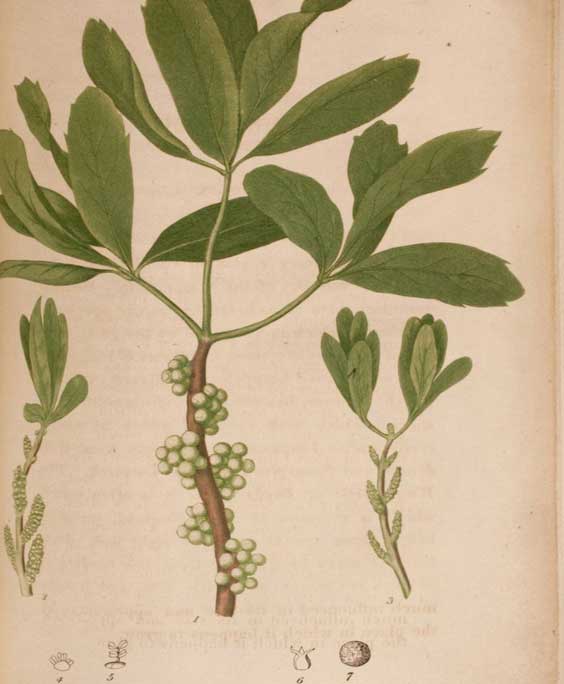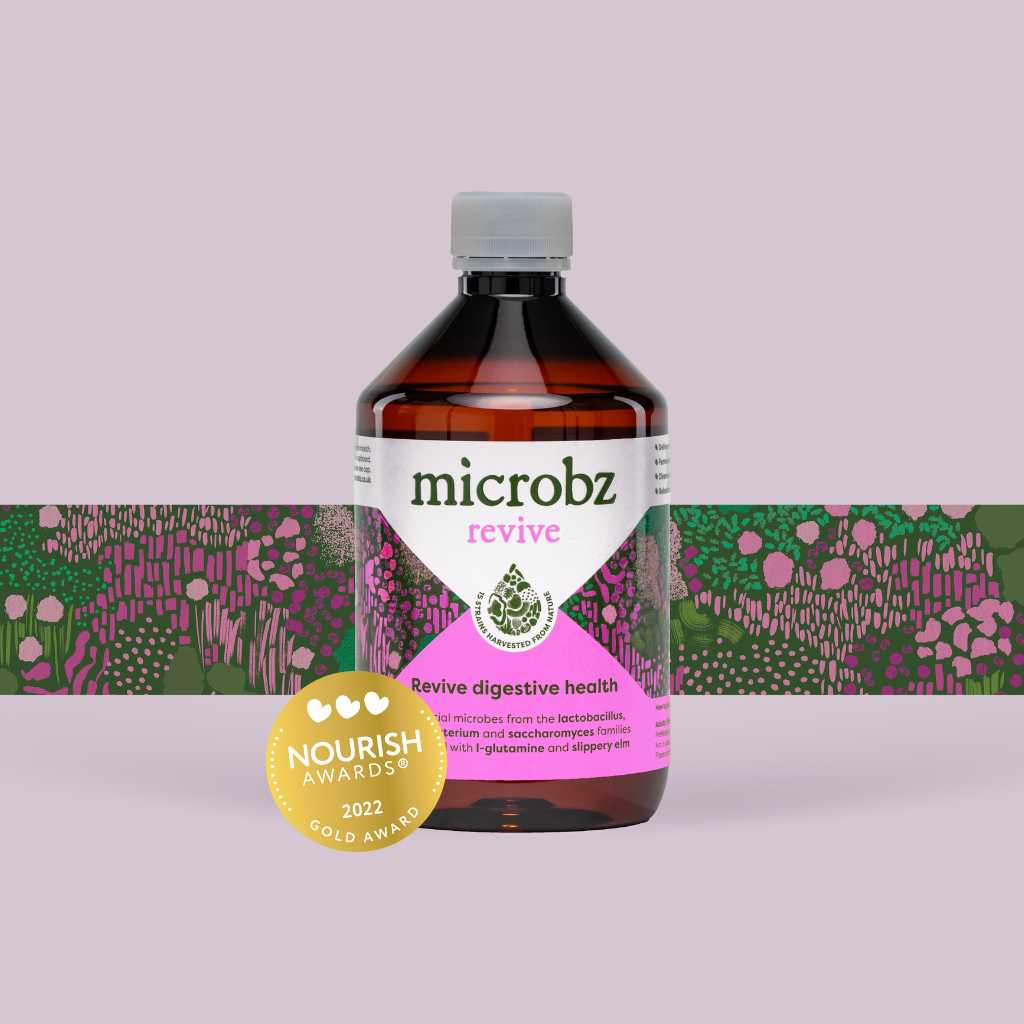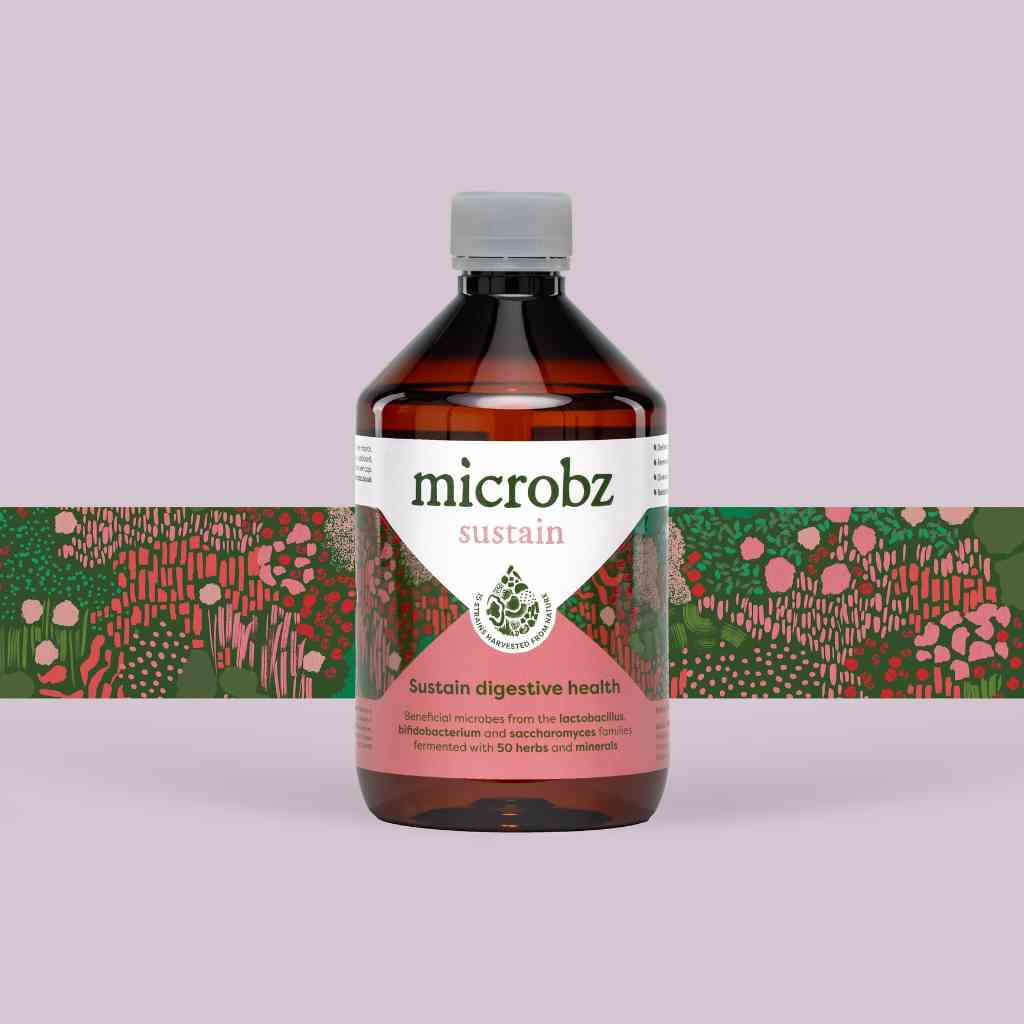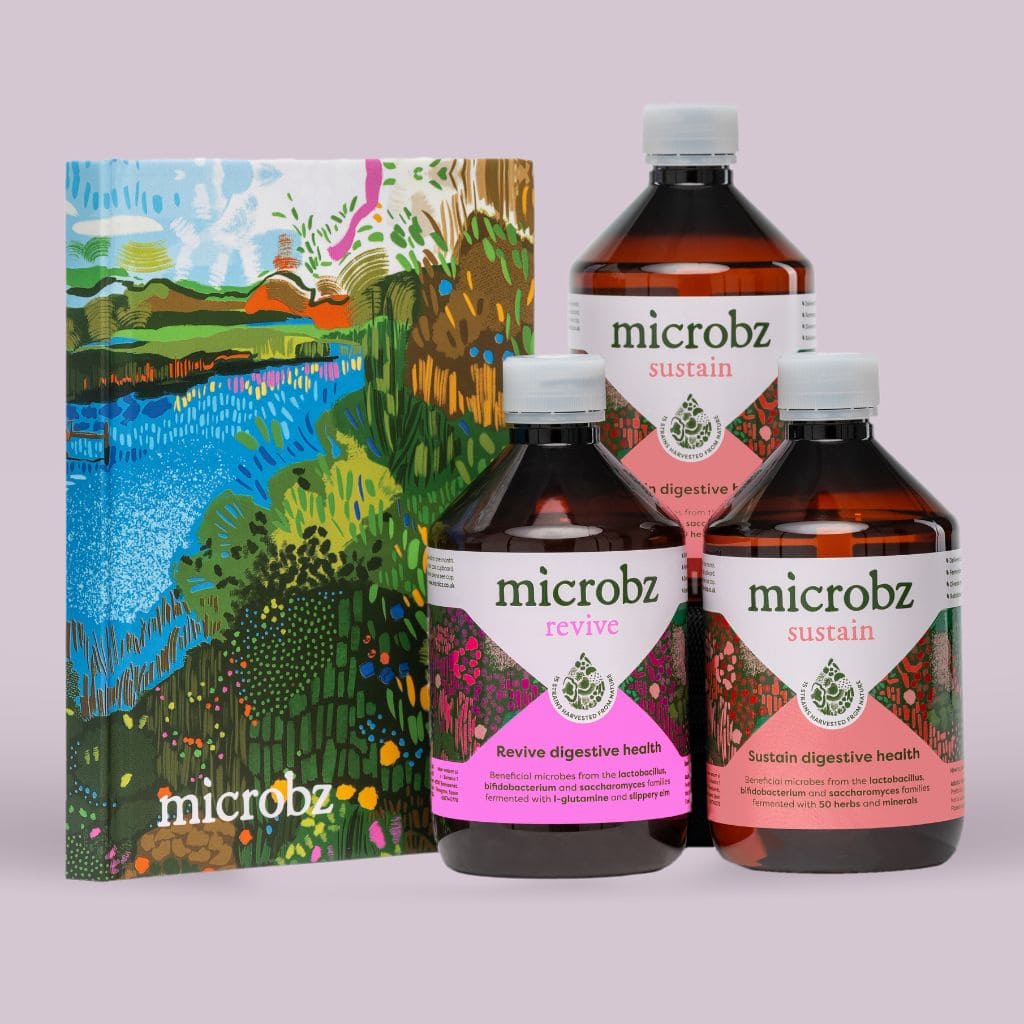History
Parts used:
Root bark.
Constituents (bio available chemicals):
Phenolic acids including cynarin (hepatoprotective qualities). Also contains alkaloids, coumarins, pseudotannins, polyacetylenes and cynarase a curdling agent.
Nutritional constituents:
Minerals: Iodine.
Indications:
Hepatoprotective properties.
Dosage:
Dry leaf: 1-4g daily.




